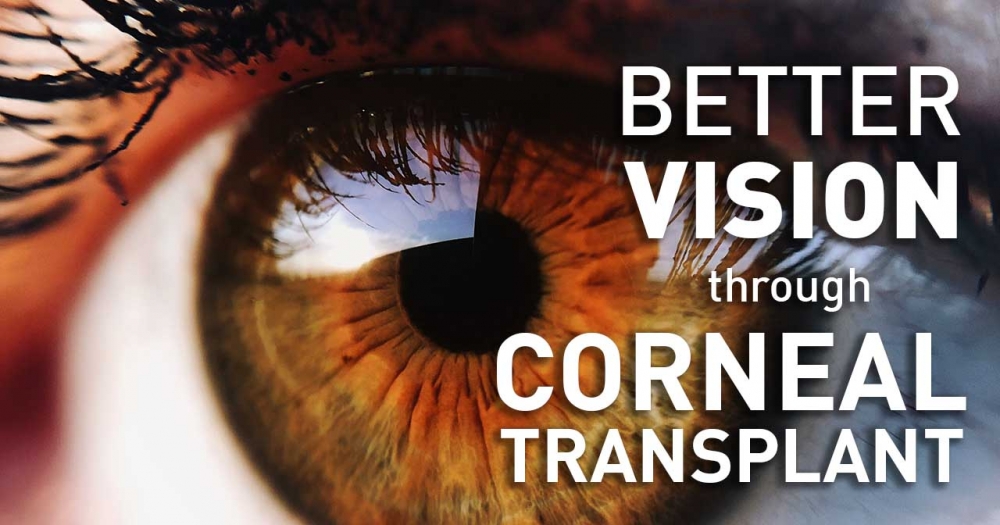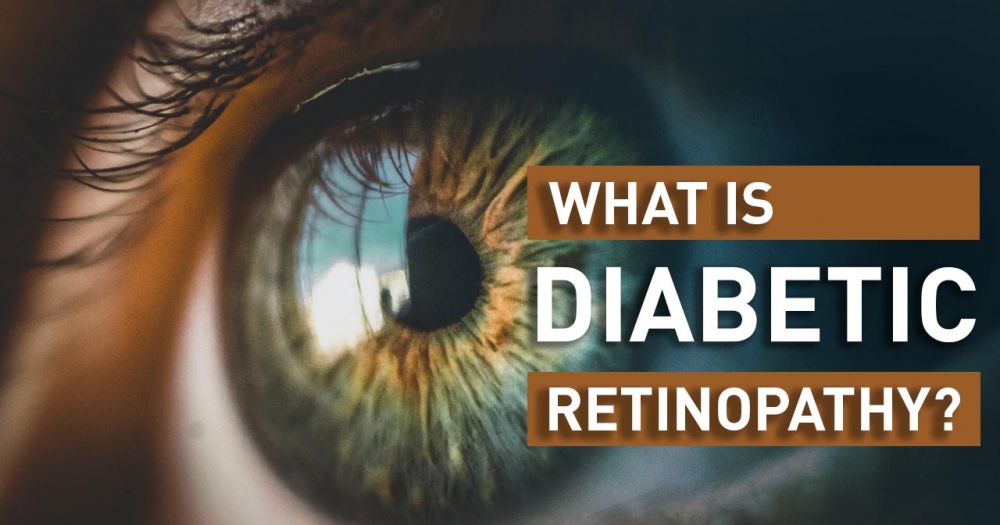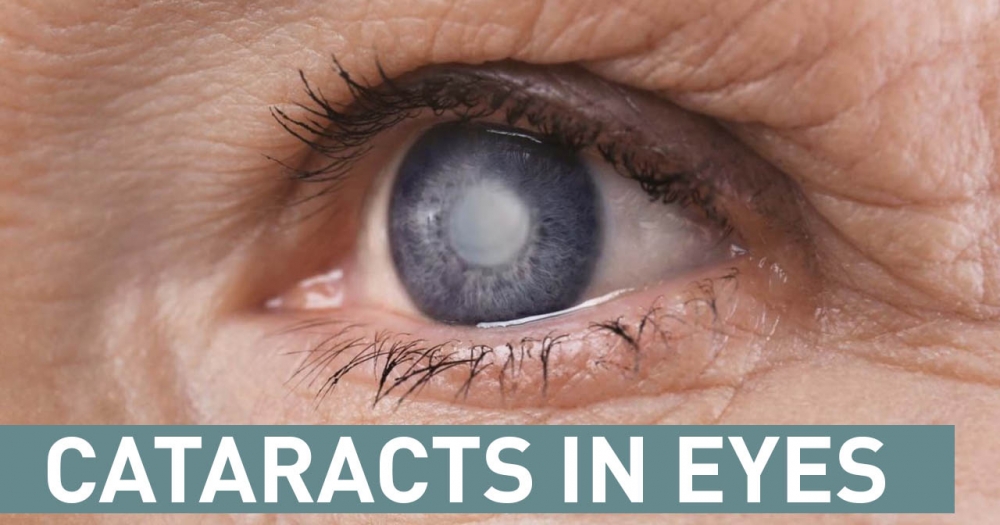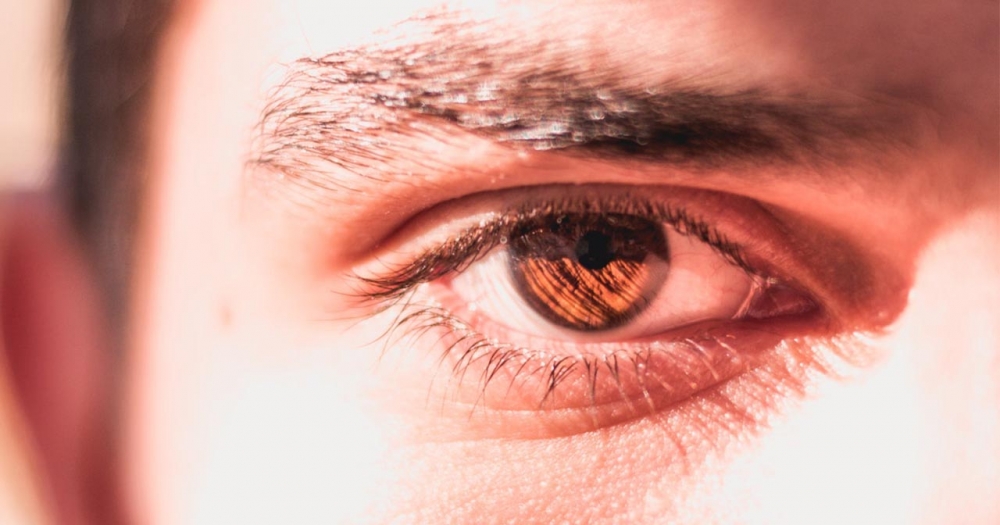Better Vision Through Corneal Transplant

Vision is one of the five senses that helps us in navigating our daily lives. And the organ responsible for our vision is our eyes. The eye has a lot of structure, one being the cornea. So, what is corneal transplant and under what circumstances will it be needed? Let’s get into it with Dr Chan, one of our consultant ophthalmologist in Sunway Eye Centre, Selangor, Malaysia.
What is Cornea?

The cornea is the front-most part of the eye and consists of five layers. The cornea is transparent, allowing light into the eye to be focused on the retina to form an image. The cornea has a refractive power of 43 dioptres which contributes to two-thirds of the focusing power of the eye. The rest of the focusing power of the eye is contributed by the clear crystalline lens which lies behind the iris and pupil.
The transparency or the contour of the cornea may be affected by a host of diseases and injury thus impairing vision. In certain conditions, corneal transplant is a surgical option to improve vision.
What Is Corneal Transplant?

A corneal transplant is a surgery that removes the diseased cornea and replaces it with a healthy cornea from a human donor. The surgery aims to improve vision, reduce pain, control infection or restore the structural integrity of the eye depending on the diagnosis of the condition.
Corneal Diseases Treated with Corneal Transplant
There are many corneal diseases that can be treated with corneal transplant and here are a few of the common conditions:
Keratoconus
Keratoconus is a condition where the cornea thins out and bulges forward causing it to be cone-shaped. This causes a distortion of vision in the form of astigmatism and in severe stage, a corneal transplant is a surgical option to improve vision.
Infection of the cornea
Infection of the cornea, also known as corneal ulcer may lead to thinning and the subsequent perforation of the cornea. For this condition, a corneal transplant serves to remove the infected cornea and restore the structural integrity of the eye.
Corneal scar
Corneal scar may develop as a result of a corneal ulcer or injury. It is an opacity in the cornea which impedes the passage of light into the eye and impairs vision. A corneal transplant can restore vision in this situation.
Persistent swelling of the cornea
Persistent swelling of the cornea due to non-functioning endothelial cells which lines the innermost layer of the cornea leads to poor vision and often eye pain. This condition is known as cornea decompensation. A corneal transplant removes the diseased layer and provides healthy endothelial cells which can restore corneal transparency.
Corneal dystrophies
Corneal dystrophies are a group of genetic diseases that affect the different layers of the cornea. These conditions usually affect both eyes and may progress slowly. The symptoms include blurring of vision, watering, sensitivity to light and pain. Treatment depends on the type of dystrophy and severity of visual impairment. In severe cases, a corneal transplant is a choice of treatment for improving sight.
Types of corneal transplant
There are full and partial thickness corneal transplants. The type of transplant of choice depends on the layer that is affected by disease.
Corneal diseases which affect the entire thickness of the cornea, a full thickness corneal transplant, also known as penetrating keratoplasty, removes the entire thickness of the cornea and replaces it with a healthy donor cornea.
There are various partial thickness corneal transplants such as Anterior lamellar keratoplasty (ALK) and deep anterior lamellar keratoplasty (DALK). When the disease of the cornea affects the front layers of the cornea, partial thickness transplant is the surgery of choice whereby only the front layers of the cornea is removed and is replaced with the donor cornea, leaving the back layers of the patient’s own cornea intact.
When the cells at the back layer of the cornea are not functioning, leading to a swollen and non-transparent cornea, they are removed and substituted with healthy donor cells which rest on the Descemet’s membrane. The patient’s own front layers of the cornea are left in situ.
The two types of this transplant are called Descemet stripping automated endothelial keratoplasty (DSAEK) and Descemet’s membrane endothelial keratoplasty (DMEK).
A corneal transplant presents an opportunity for better vision in diseases of the cornea not amenable to glasses, rigid gas-permeable contact lens or medications.
Back










